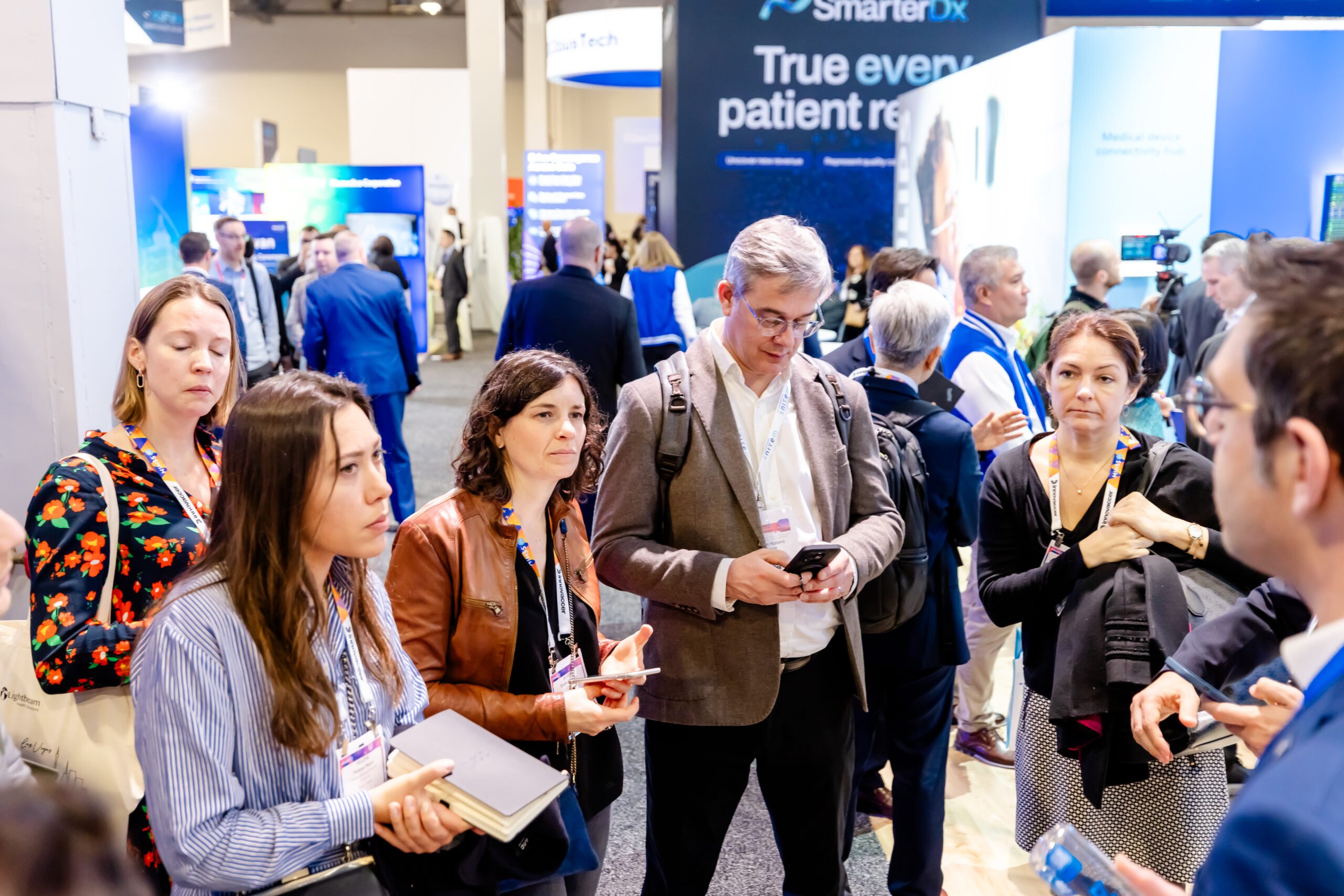Five Challenges Facing Healthcare in 2025
- March 20, 2025
By Alan S. Young MD MBA, Point B Client Solutions Executive
alanyoung@pointb.com | (213) 337-1002
Point B Insights from HIMSS
Healthcare is on the brink of an unprecedented industry transformation, but significant challenges remain. At HIMSS25 in Las Vegas, leaders across the industry identified key barriers threatening the future of care delivery. Addressing these challenges requires innovation, collaboration, and a forward-thinking approach to drive long-term solutions.
1. Cybersecurity Threats
Cyberattacks on healthcare systems continue to rise, with patient data security squarely in the crosshairs. With ransomware incidents targeting hospitals and clinics, compromised systems can disrupt patient care and erode trust. As healthcare embraces digitization, organizations must invest substantially in robust cybersecurity frameworks, ensuring continuous monitoring and staff training. Proactively managing these risks is critical to keeping patient data secure and operations running smoothly.
2. Workforce Shortages
The healthcare workforce is facing an ongoing crisis. Burnout, retirements, and a lack of skilled professionals are all contributing to staffing shortages. With record levels of stress reported from frontline workers, an urgent shift toward better work-life balance, mental health support, and competitive compensation is essential. Strategic initiatives, such as investing in training programs to upskill healthcare professionals and leveraging innovative technologies like AI-assisted workflows, could help alleviate this strain.
3. Financial Pressures
Financial instability remains a common pain point for many healthcare organizations. Declining insurance reimbursements and rising costs for advanced therapies leave institutions balancing budgets at the expense of patient care. Leaders must rethink care delivery models, adopting value-based care systems and operational efficiencies. By prioritizing sustainable practices, healthcare can effectively balance cost, access, and quality outcomes.
4. Financial Pressures Interoperability Across Systems
Without seamless data exchange between systems, true innovation remains limited. Fragmented healthcare IT infrastructure prevents providers from accessing comprehensive patient information. This results in inefficient workflows and squandered opportunities for improving care. Industry-wide adoption of interoperable systems will unlock the full potential of data-driven care, empowering clinicians to make more informed decisions. Open standards and collaborative partnerships are crucial for accelerating this development.
5. Healthcare Inequities
Health disparities persist, disproportionately affecting underserved populations. Socioeconomic barriers, rural access challenges, and systemic inequities continue to create barriers to care. Addressing healthcare inequity demands bold action, including expanding access to telehealth, subsidizing medical services in underserved areas, and creating equitable policies. Technology-driven solutions can help narrow these gaps but must be supported by targeted legislation and investment.

Advancing Toward a Sustainable Future
Tackling these challenges demands a commitment to progress and innovation, not merely incremental change. Leaders must foster a culture driven by measurable impact, demonstrating ROI tied to meaningful outcomes. Technology should be used as an enabler—not just a tool—to fundamentally transform care delivery. By advancing interoperability, securing digital infrastructure, and addressing inequities, healthcare systems can become more resilient and equitable.
Have you faced similar challenges within your organization, or did you attend HIMSS this year? We’d love to hear your perspectives on these pressing issues; together, we can shape the future of healthcare by addressing these critical challenges head-on. Go beyond with Point B.
